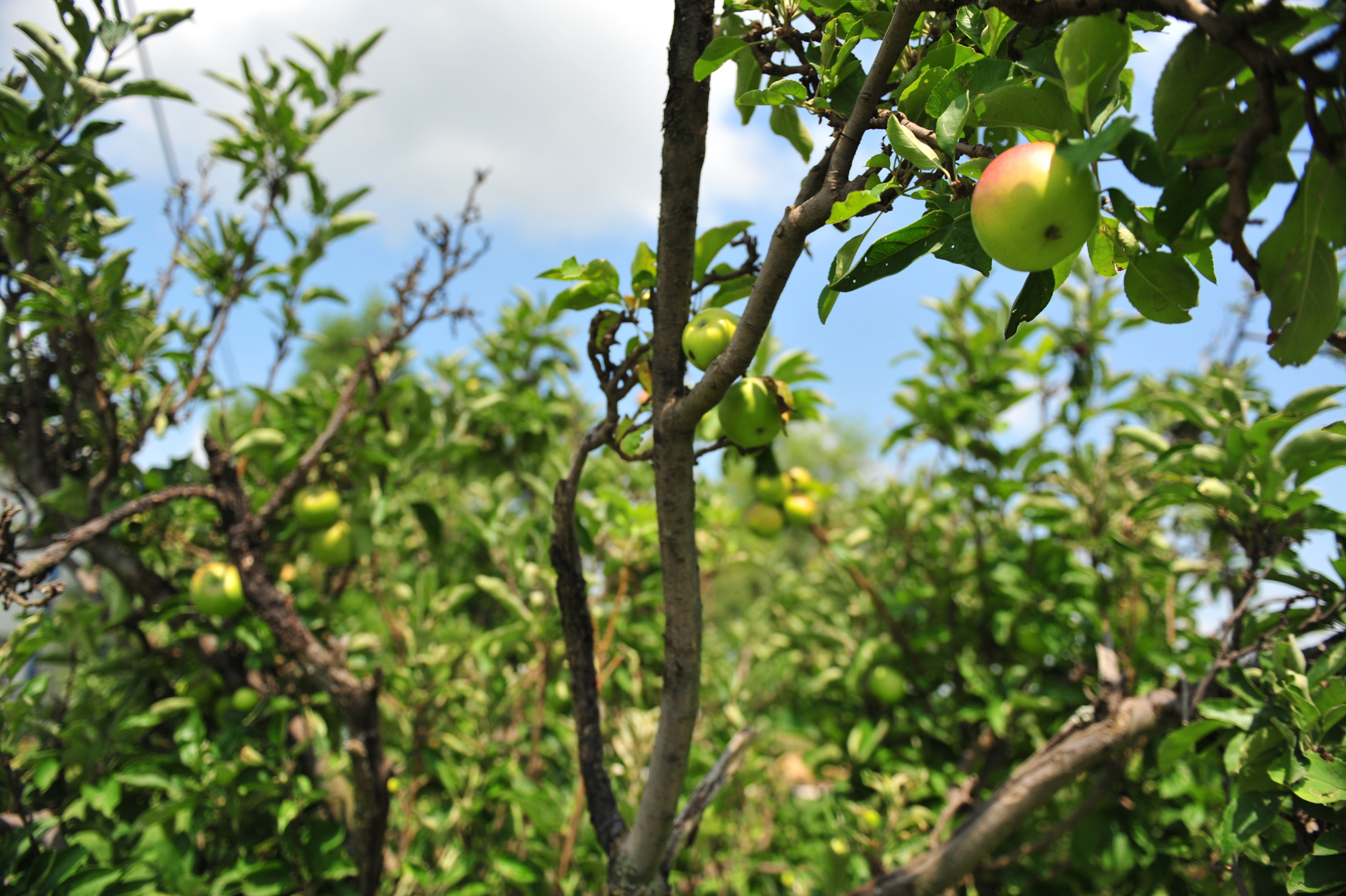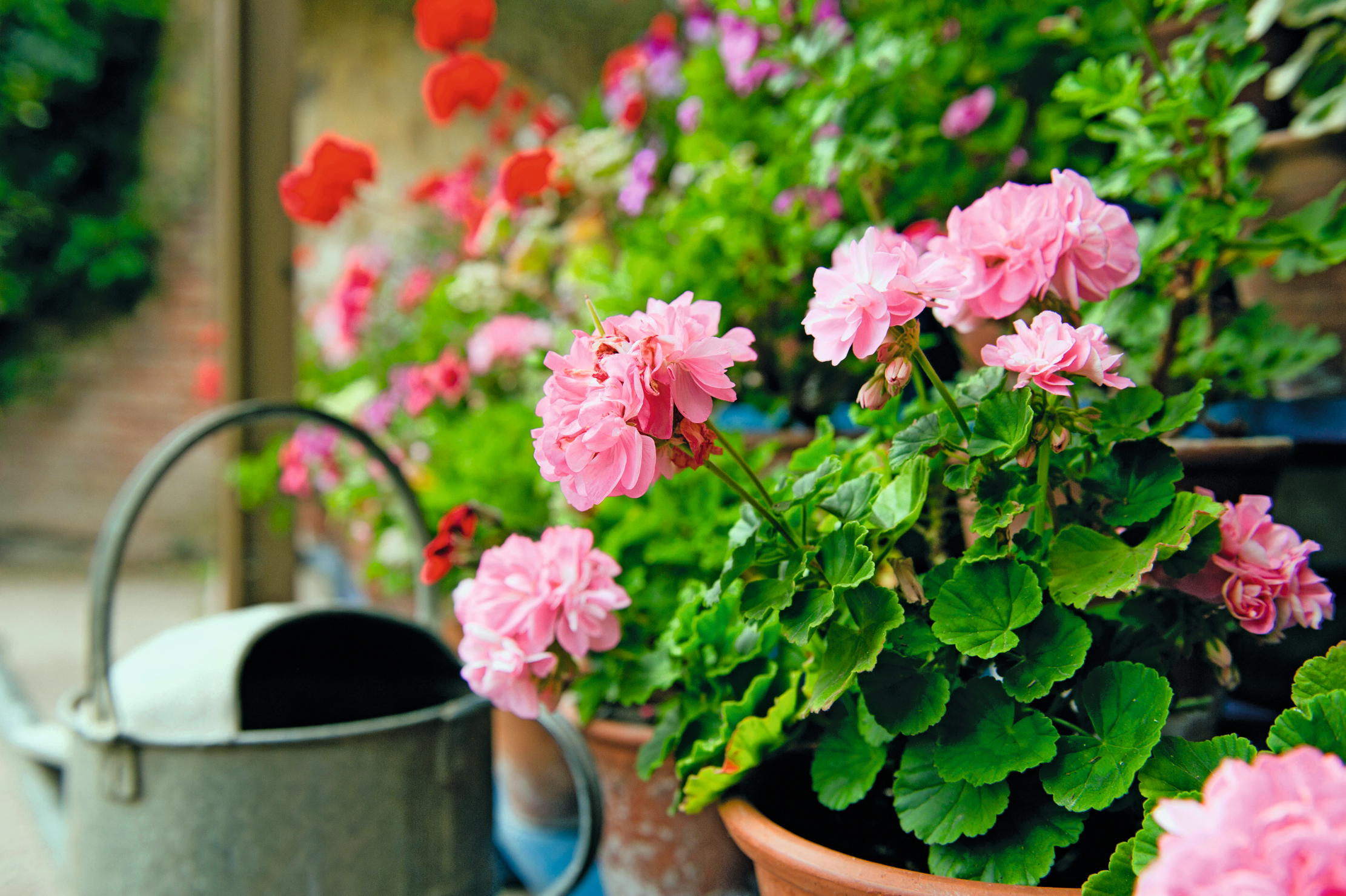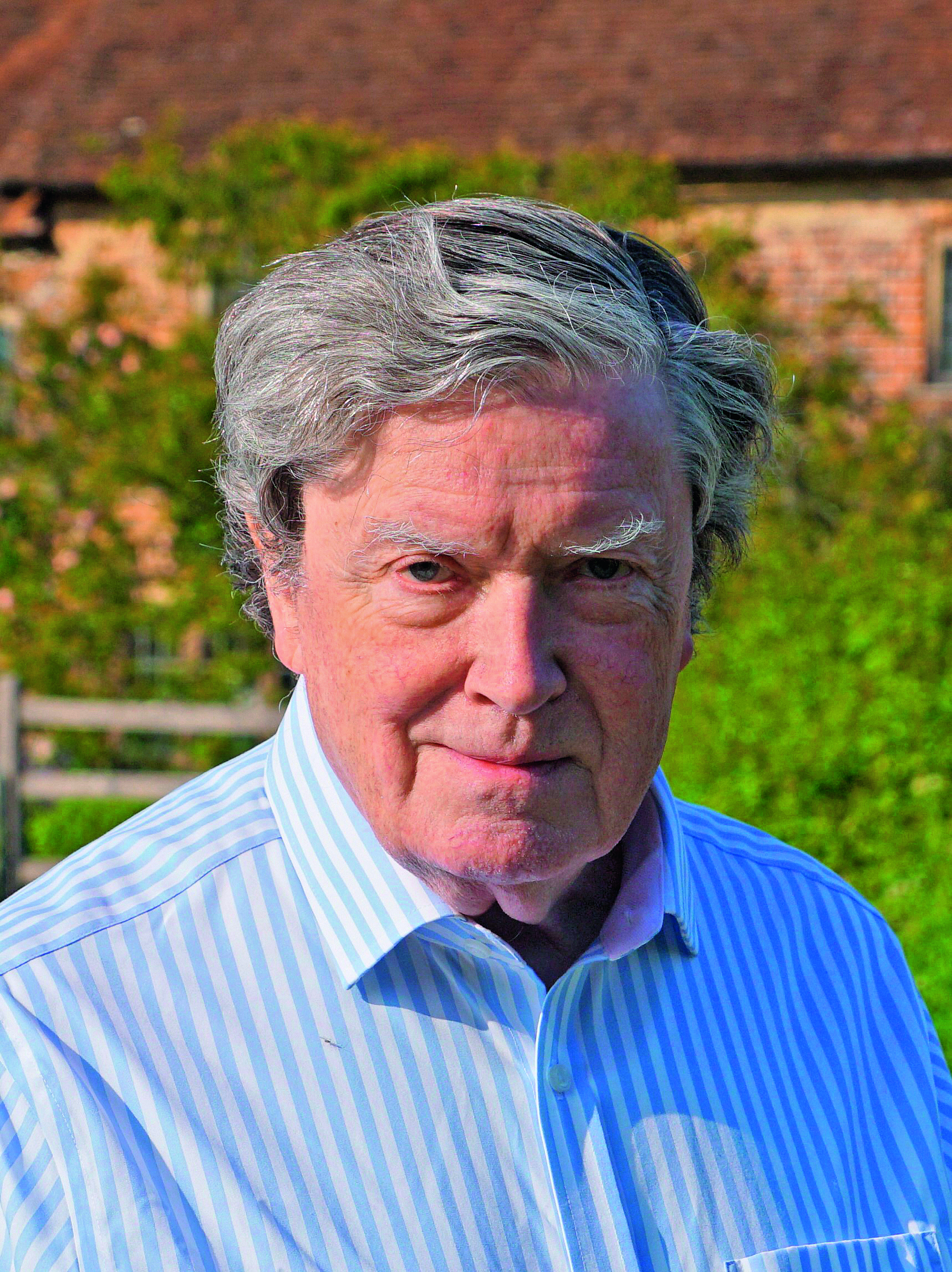The spread of Johnny Appleseed: The many many varieties of apple
They grow on our roadsides and most taste pretty ordinary. But some are 'humdingers'.


Drive along a country lane at this time of the year and you may see an apple tree growing out of the hedgerow. Drive along a major road, however, and you will see many more. All have grown from the apple cores that we throw out of the window as we travel along.
You first notice the trees in spring, when pink-and-white apple blossom bursts prettily into flower. It’s then that you realise exactly how numerous they are — it’s rather awe-inspiring to think that all those flowering beauties have grown from apples, probably bought in shops and supermarkets years ago and consumed by drivers or passengers on long car journeys.
There’s a stretch of road near one of the army bases on Salisbury Plain where you can see innumerable apple trees lining the old route to London. One September day, I decided that it would be fun to pick a couple of apples from each of them and take them home for our children to taste with us and come up with a verdict on their quality. It turned out that ‘quality’ was not the right word. Most of them were insipid and a few were actually disgusting.
This was no surprise. The apples we eat are the result of many centuries of hybridisation and selection. They don’t come true from seed. Sometimes, if rarely, a seedling turns out to be a humdinger — a distinct improvement that fills a gap in the market. ‘Bramley’s Seedling’ is one example and some claim that ‘Cox’s Orange Pippin’ was also a happy accident. But there is a natural tendency among hybrids to revert to the norm — scientists call this ‘regression to the mean’—which means that most apple seedlings resemble more closely their sour wild progenitors from the mountains of Kazakhstan.
Over the centuries, gardeners and orchardists have singled out and propagated apple varieties that are a distinct improvement on those that preceded them. These may have been selected for any number of different reasons — not only their suitability for cooking or dessert, but also for their crop size, their season of fruiting, the regularity of their cropping from year to year, their resistance to disease and their keeping qualities (some varieties can be stored to last right through the winter).
Most important to a head gardener — the man who reigned supreme in the walled garden of a lordly estate — was the performance of fruit trees in the local combination of climate and soil. Local fame might lend renown to him or his employer. ‘Glory of Roundway’ is a huge cooker from Roundway Park in Wiltshire, a place that, it is fair to say, has never been famous for anything else, whereas the eponymous ‘Charles Ross’ commemorates the head gardener at Welford Park in Berkshire.
Many connoisseurs consider their local varieties to be the best, as did those 19th-century head gardeners. However, they seldom had the opportunity to meet a full range of the apples available from other gardens and from nurseries. At the first ever National Apple Congress in 1883, delegates were given the chance to taste 1,545 distinct cultivars. The best dessert apple — by no means a local ‘find’ — was judged to be ‘King of the Pippins’, which turned out to be the French variety ‘Reine des Reinettes’ under an English disguise.
Exquisite houses, the beauty of Nature, and how to get the most from your life, straight to your inbox.
What about those genuine seedlings — the wildlings we see along country roads? Some 3,000 of them, together with ‘local favourites’, were recently DNA tested at the National Fruit Collection at Brogdale in Kent. They were then compared with fruit from trees within the Brogdale collection to confirm their identity. Most of the local ones turned out to be duplicates of apples already known to Brogdale, but some 900 were, indeed, new varieties. The best have been propagated and taken into care at the National Fruit Collection. Some of these have been registered, too, and now carry rather untraditional names, such as ‘White Tie’, ‘Don’s Delight’ and ‘Forty Winks’.
One new foundling has a more traditional name — ‘Julia’s Late Golden’ — which commemorates Julia Hember, who died of leukaemia in 2003. I remember Julia in 1980 as a lively 10 year old who coped well with three boisterous brothers. She grew up to become a gifted and successful photographer, whose untimely death was the cause of great sadness to all who knew and loved her.
Some years before she died, Julia noticed an apple seedling at the back of a shrub border in her parents’ Wiltshire home. It was late flowering and late fruiting, with apples that were deep golden-yellow, sometimes with a pink flush, and deliciously rich and aromatic, with a perfect balance between acidity and sweetness. After Julia’s death, her mother arranged for it to be propagated and sold commercially, with a donation given on each sale to leukaemia research at Barts in London. It was soon listed in the RHS Plant Finder and a plant of it was presented to the late Queen when she noticed it in a Wiltshire Community Orchards exhibit in 2012. That tree now flourishes at Windsor Castle, a happy end to a sad story.
Charles Quest-Ritson is an English horticulturalist and garden writer.

Credit: Getty Images
Looking for the answer to peat-free compost? I think I've found it
Alan Titchmarsh delves into the history of compost, and has finally found something that can replace the brilliant but environmentally

Pelargoniums: The flowers that'll make your garden smile
John Hoyland celebrates the renewed popularity of the irrepressibly cheerful pelargonium.
Charles Quest-Ritson is a historian and writer about plants and gardens. His books include The English Garden: A Social History; Gardens of Europe; and Ninfa: The Most Romantic Garden in the World. He is a great enthusiast for roses — he wrote the RHS Encyclopedia of Roses jointly with his wife Brigid and spent five years writing his definitive Climbing Roses of the World (descriptions of 1,6oo varieties!). Food is another passion: he was the first Englishman to qualify as an olive oil taster in accordance with EU norms. He has lectured in five languages and in all six continents except Antarctica, where he missed his chance when his son-in-law was Governor of the Falkland Islands.
